All Posts

Do you know something about SAS® software that other SAS users would love to learn? Of course you do! Whether you’re a student or a member of the Circle of Excellence, every SAS programming project, every analysis or forecasting model is an opportunity to gain new insights into SAS processing

IT folks love SQL (Standard Query Language). Once you know how to program in SQL, you can work with almost any database because it is a standard. However, SQL is NOT a standard for doing analytics. The SAS programming language pre-dates SQL and even though SAS does SQL, SQL does not

The sun has gone eerily quiet, in the middle of what should be the height of the 11-year sunspot cycle... Here's a superb photo of some sunspots that Stephen A. Carr posted to the Telescope Addicts Facebook group - a group which I follow with great interest. (Thanks for allowing

I had the privilege of attending the inaugural Women in Hollywood IT Society (WHITS) meeting this past week in LA. The meeting was hosted by the Media and Entertainment Services Alliance (MESA) with lots of organization from two female IT executives from Sony Pictures. Sony Pictures already has a Women
This post could be titled something like "Everything you wanted to know about Group Order in GTL - and more." The group ordering shows up in three different ways in your graph. Assignment of attributes (color, marker symbol) to group values. Position of group values in the graph. Display of the group
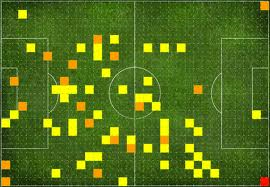
Although I’m not particularly excited about football (I admit, I don’t completely understand what offside means), I did follow the last World Cup with more than average attention. Not only for the handsome players, but especially for all the fascinating statistics that appeared. It struck me that heat maps popped

I’ve been told I have rocks for brains before, but right now I have rocks on the brain – the kind that are millions of years old and contain precious stores of oil and gas. One reason I have petroleum on my mind is that I’ve just returned from Brazil, where
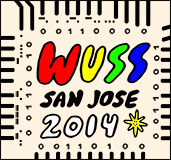
Do you know the way to San Jose? By now, SAS users are getting to know the way to the Western Users of SAS Software’s (WUSS) annual event on September 3-5, 2014. Although this is the third time WUSS has been held in San Jose at The Fairmont Hotel, this

For 38 years, SAS CEO Jim Goodnight has run this company by a simple philosophy: Treat employees like they make a difference and they will. It was with that philosophy in mind 30 years ago that SAS opened the doors to its on-site healthcare center – with just one employee!
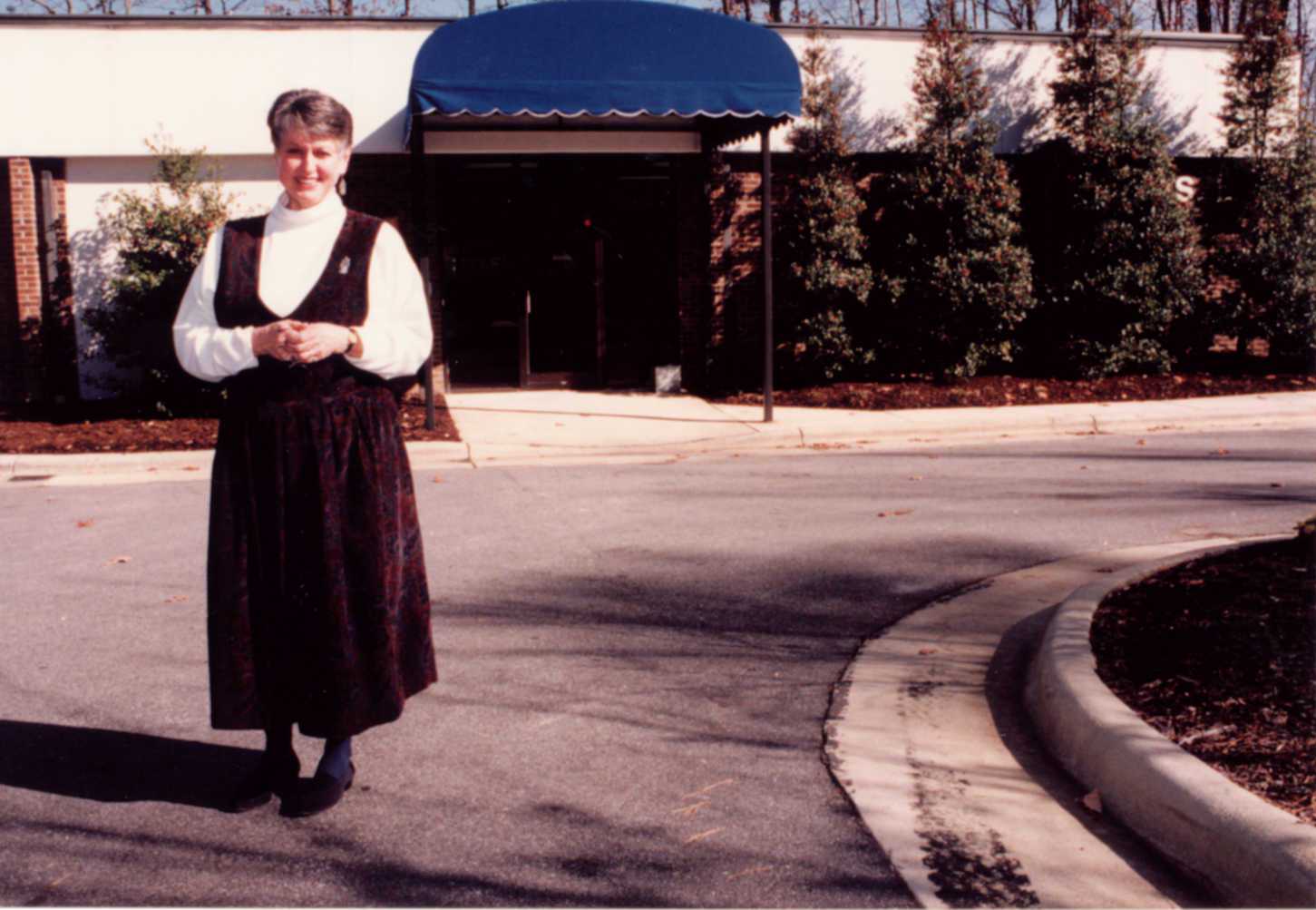
If you recognize this 1984 Wham! hit then you also recall girls in ties and blazers, guys in leisure suits, gas for $1.10 a gallon and seeing The Karate Kid at the Cineplex for $2.50 (at night!). If you think music and fashion were suspect thirty years ago, consider SAS’

In the summer heat, when The BFD alone isn't quite quenching your thirst for forecasting know-how, here are several other sources: CatchBlog -- by Steve Morlidge of CatchBull From his 2010 book Future Ready (co-authored with Steve Player), to his recent 4-part series in Foresight dealing with the "avoidability" of forecast

SAS is great at helping make important business decisions - how about helping decide where to take your next vacation?... Here's a picture from one of my favorite vacations with my buddy Joe. As you can see, I like "nature vacations." Can you guess where this one was? (leave a comment with
What is your primary goal as a supply chain professional? It’s not about demand sensing, demand shaping or even supply planning and demand planning. At the end of the day, it’s about profit optimization. Albeit important, demand sensing and shaping are only a piece of the equation and if isolated, decisions
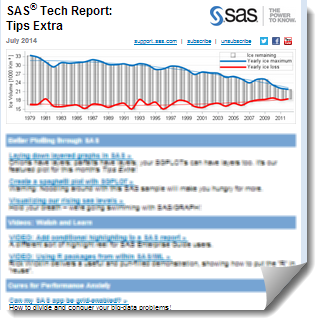
When it comes to e-mail-based newsletters, I'm of two minds. On one hand, I feel like I receive enough (or maybe too much) e-mail and I'm reluctant to clog up my inbox with more stuff -- especially if it's information that's located elsewhere (such as on that big backup drive
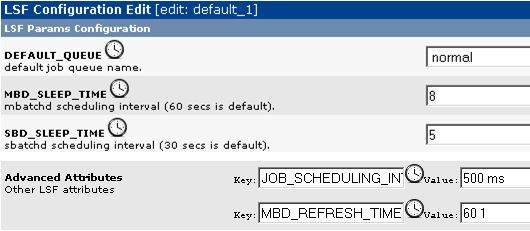
Most organizations enjoy a plethora of SAS user types—batch programmers and interactive users, power users and casual—and all variations in between. Each type of SAS user has its own needs and expectations, and it’s important that your SAS Grid Manager environment meets all their needs. One common solution to this













